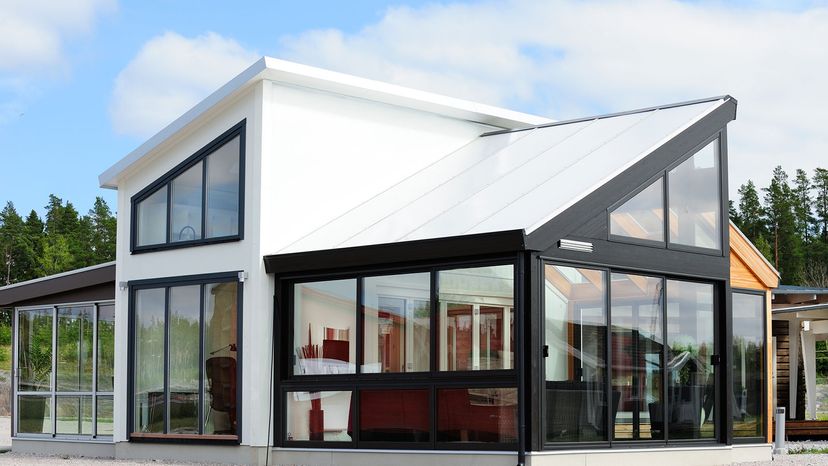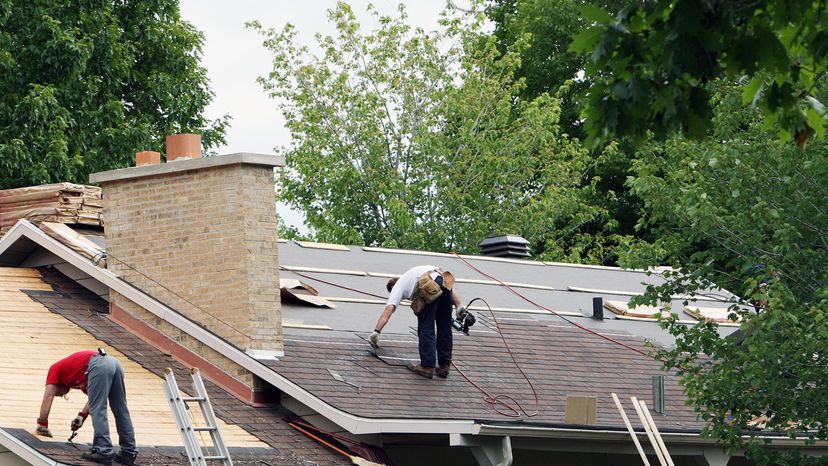
Key Takeaways
- Cool roofs reflect more sunlight and absorb less heat than standard roofs, making them over 50 degrees F cooler, contributing to energy savings and comfort in hot weather.
- Options for creating a cool roof include materials like modified bitumen, single-ply membranes, cool roof coatings and even green (vegetated) roofs. What option you choose depends on your roof type and budget.
- These cool roofing techniques can lower air conditioning needs, reduce energy bills, and lessen the urban heat island effect, making them an environmentally friendly choice for both new and existing buildings.
On a hot, sunny day, the temperature on the surface of a traditional black roof can be more than 150 degrees Fahrenheit (65 degrees Celsius). When you imagine that sweltering rooftop next to many others, it's no surprise that the air in a large city filled with dark, heat-absorbing rooftops can often be hotter than the air in surrounding areas.
Even in rural and suburban neighborhoods, the heat absorbed by a traditional roof on a sunny day raises temperatures inside the house, contributing to higher air conditioning requirements, steeper energy costs and discomfort for those without air conditioning. Fortunately, the remedy for all this extra heat — a cool roof — is relatively low-tech, low-cost and increasingly easy to find.
Advertisement
A cool roof is a roof designed to maintain a lower surface temperature in bright sunshine, more than 50 degrees F (28 degrees C) cooler than a traditional roof. The surface of a cool roof reflects more sunlight and releases more heat than a so-called hot or dark roof. While the term "cool roof" is sometimes used to describe any roofing surface that is cooler than a standard rooftop, green certification programs such as LEED, Energy Star and the Department of Energy Building Technology Program base their respective cool-roof credentials on a roofing material's ability to reflect the sun (solar reflectance) and release absorbed heat (emissivity). The higher the solar reflectance and emissivity (in decimals on a scale from 0 to 1), the cooler the roof. 0 would represent truest black and 1 would represent truest white.
Ready to save money, conserve energy and cool the planet by turning your old, hot roof into a cool roof? Read on to discover 10 ways to cool your roof!
